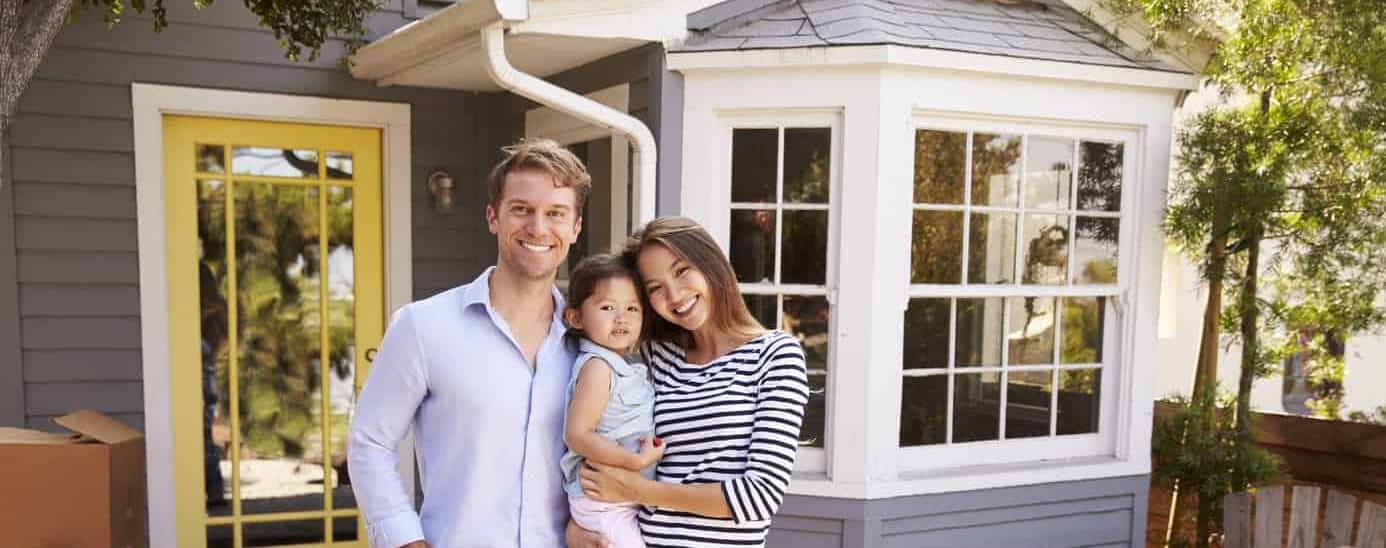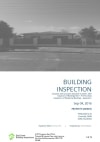Mould Identification
What is mould?
Mould is part of a group of very common organisms called fungi that also include mushrooms and yeast. It is present virtually everywhere, both indoors and outdoors.
Mould may grow indoors in wet or moist areas lacking adequate ventilation, including walls/ wallpaper, ceilings, bathroom tiles, carpets (especially those with jute backing), insulation material and wood. If moisture accumulates in a building mould growth will often occur. Many different types of mould exist and all have the potential to cause health problems.
What are possible health problems from contact with mould?
In order to reproduce, mould produces tiny particles called spores. Spores are carried in the air and may cause health problems if inhaled by people who are sensitive or allergic to them. These include a running or blocked nose, irritation of the eyes and skin and sometimes wheezing. Occasionally, people may have more severe reactions. Very rarely, people may develop a mould infection, usually in the lungs. It is important to note that most people will not experience any health problems from coming in contact with mould.
For people with asthma, inhaling mould spores may cause an asthma attack.
If you or your family members suffer health problems after coming into contact with mould, contact your doctor. In the case of a life threatening emergency, phone 000.
Who is at greatest risk of health problems from contact with mould?
People with asthma, allergies, or other breathing conditions may be more sensitive to mould. People with weakened immune systems (such as people with HIV infection, cancer patients taking chemotherapy or people who have received an organ transplant) and with chronic lung diseases (such as Chronic Obstructive Pulmonary Disease (COPD) and emphysema) are more at risk of mould infection particularly in their lungs.
How can I prevent mould from growing in my home?
Although mould can be found almost anywhere, it needs moisture and nutrients to grow. The key to preventing mould growth is reducing dampness in the home. This can be done by:
Maintaining proper ventilation
• Turn on exhaust fans, particularly when bathing, showering, cooking, doing laundry and drying clothes.
• Open windows when weather permits, to improve cross ventilation.
Reduce humidity
• Limit the use of humidifiers.
• Limit the number of fish tanks and indoor plants.
• Limit use of unflued gas heaters
Controlling moisture/ dampness
• Repair all water leaks and plumbing problems e.g. burst water pipes, leaking roof or blocked rain gutters.
• If water enters your home, completely clean and dry water-damaged carpets and building materials. Discard material that cannot be cleaned and dried completely.
Rising and lateral damp
• Rising damp is ground moisture rising up a brick or stone wall. Poor sub-floor ventilation or moisture in the sub-floor area will worsen the problem. This can be fixed by installing a new dampcourse or waterproof barrier in the wall. Ensure the weep holes and air vents at the base of your home are uncovered. If you have rising or lateral damp an experienced building consultant can check the ‘damp course’ and recommend ways to fix the problem.
What can I to do if I have mould in my home?
It is good to remove mould as soon as it appears. This may take some effort. Remember that mould is likely to return unless you also take steps to treat the cause of the problem (see above).
If you rent your home and have taken measures to ensure the building is properly ventilated and mould is still growing, you should raise the issue with the owner or real estate agent. Tenants seeking further advice may wish to contact the NSW Fair Trading Tenants’ Advice and Advocacy Services on 13 32 20. Public housing tenants should call the Housing Contact Centre on 1300 468 746.
Should I get tests for mould in my home?
You should get mould test done yearly once you have seen mould it’s too late.
Visit our pricing page for costs, or contact us for more information.



